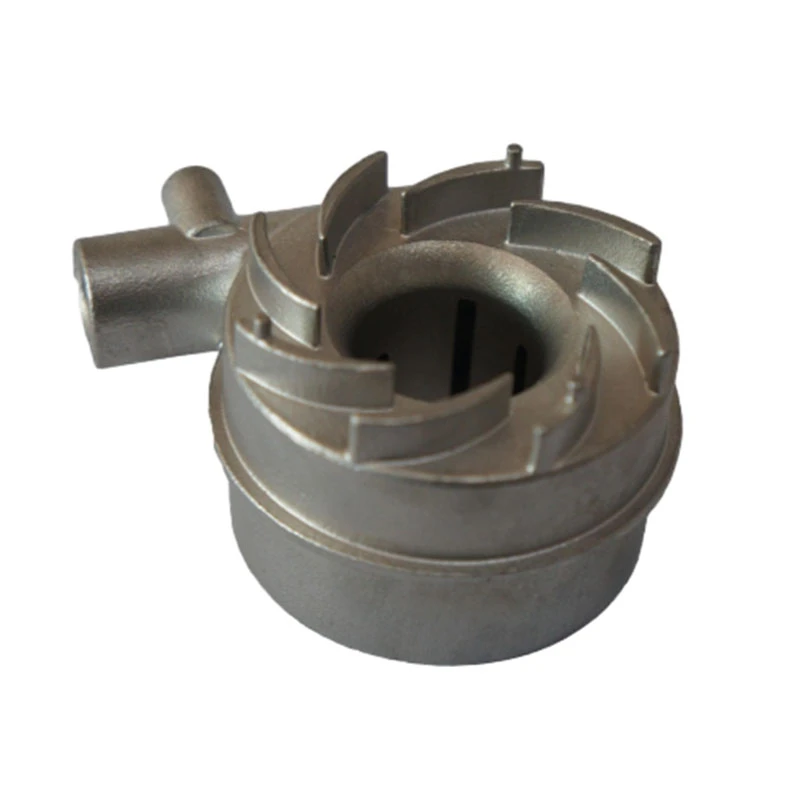Optimizing Fitting and Machining Techniques for Enhanced Precision and Efficiency
Fitting and Machining The Heart of Precision Engineering
Fitting and machining are fundamental processes in the field of engineering and manufacturing. These activities are crucial for producing components that meet exact specifications and tolerances, ultimately leading to the successful assembly of complex machines and systems. This article explores the significance, techniques, and advancements in fitting and machining, highlighting their role in modern manufacturing.
Understanding Fitting and Machining
Fitting refers to the process of assembling different parts of a machine or structure to ensure they fit together correctly. This involves several tasks such as measuring, cutting, shaping, and sometimes altering the parts to achieve the desired compatibility. Technicians and engineers utilize a variety of tools and instruments for fitting, including calipers, gauges, and clamps.
On the other hand, machining is a manufacturing process that involves removing material from a solid workpiece to shape it into the desired component. Machining can be performed using various techniques such as turning, milling, drilling, and grinding. The choice of method depends on the materials involved, the desired finish, and the complexity of the design.
Importance of Precise Fitting and Machining
The accuracy of fitting and machining directly impacts the overall performance and reliability of machinery. In industries such as aerospace, automotive, and precision engineering, where tolerances are often measured in microns, even the smallest error can lead to catastrophic failures. Therefore, engineers emphasize rigorous quality control and precision during these processes to ensure that every component performs as expected.
Moreover, the integration of fitting and machining techniques also improves the manufacturability of components. By designing parts that are easier to fit together and machine, manufacturers can reduce production time and costs while enhancing the quality of the final products.
Techniques in Fitting and Machining
fitting and machining

1. CNC Machining Computer Numerical Control (CNC) machines have revolutionized the machining process. These machines are programmed to perform precise machining operations automatically, reducing the possibility of human error and increasing production efficiency.
2. 3D Printing Additive manufacturing technologies, including 3D printing, have emerged as viable alternatives to traditional machining methods. This technology allows for rapid prototyping and the manufacture of complex geometries that would be challenging to achieve with conventional machining.
3. Tolerancing and Fit Types In engineering, ensuring the right fit between components can be achieved through various types of tolerances such as clearance fit, interference fit, and transition fit. Each type serves a different purpose, allowing engineers to determine the best method for assembling parts depending on their intended function.
4. Surface Finish The surface finish obtained through machining processes, particularly grinding and polishing, significantly affects the performance and longevity of components. A smoother finish minimizes friction, enhances corrosion resistance, and improves the aesthetic appeal of a product.
Future Trends in Fitting and Machining
The future of fitting and machining is being shaped by rapid technological advancements. The integration of Artificial Intelligence (AI) and the Internet of Things (IoT) are expected to optimize machining processes by enabling predictive maintenance, real-time monitoring, and adaptive control systems. This not only enhances efficiency but also fosters a more sustainable approach to manufacturing by minimizing waste and energy consumption.
Moreover, advancements in materials science are leading to the development of new materials with enhanced properties. These materials can pose challenges in machining due to their toughness or brittleness, yet they also provide opportunities for innovation in fitting techniques and processes.
Conclusion
Fitting and machining are indispensable components of modern engineering and manufacturing. The precision and accuracy of these processes ensure the functionality and reliability of mechanical systems across various industries. As technology continues to evolve, so too will the methods and practices associated with fitting and machining, paving the way for innovations that enhance production capabilities and product quality. By embracing these advancements, manufacturers can stay competitive in a rapidly changing landscape, delivering high-quality products that meet the demands of the future.
-
Precision Casting AI Solution with GPT-4-Turbo | Optimized QualityNewsAug.02,2025
-
Precision Sheet Metal Stamping Manufacturer | Fast & ReliableNewsAug.01,2025
-
OEM Sand Cast Pump Valve Fittings - Baoding Hairun Machinery And Equipment Trading Co., Ltd.NewsAug.01,2025
-
Custom OEM Impellers | High Efficiency & PrecisionNewsAug.01,2025
-
OEM Sand Cast Pump Valve Fittings - Baoding Hairun Machinery | Customization, Quality AssuranceNewsAug.01,2025
-
OEM Sand Cast Pump Valve Fittings - Baoding Hairun Machinery And Equipment Trading Co., Ltd.NewsAug.01,2025















